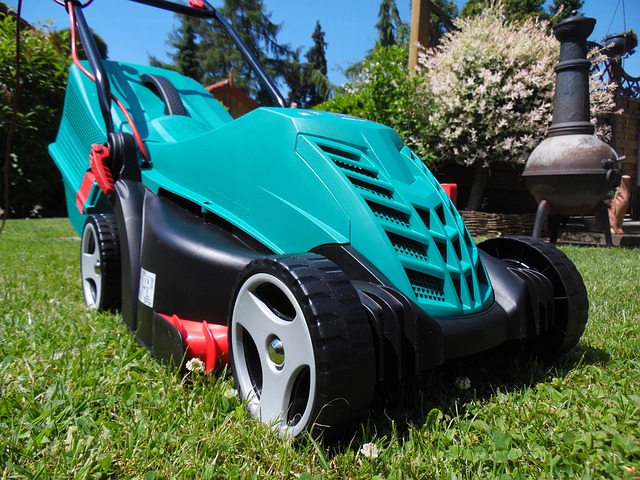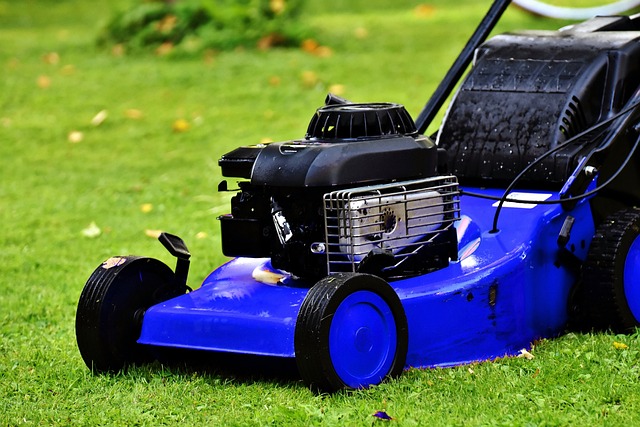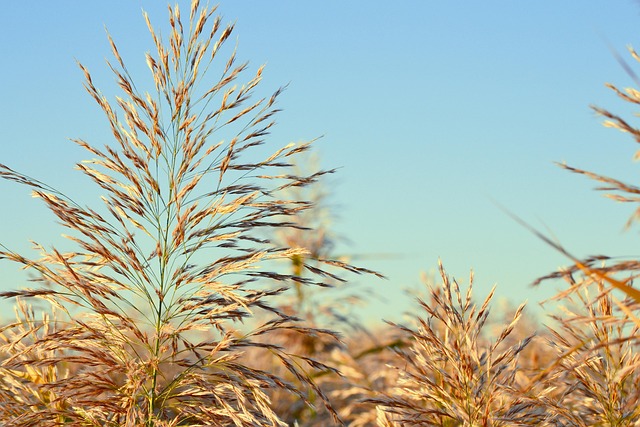Mowing lawns at the optimal height (3-4 inches) is crucial for industrial weed control around pipelines near Centennial. Higher grass heights encourage competition against weeds, reduce their growth, and protect pipeline integrity. This strategy, combined with targeted herbicidal treatments, maintains lawn health, prevents environmental damage, and ensures aesthetic appeal in industrial settings. Regular monitoring and seasonal adjustments are key to managing weeds effectively while safeguarding infrastructure.
In the pursuit of a lush, well-maintained lawn, proper mowing height adjustments play a pivotal role, especially in industrial settings near Centennial. This article delves into the science behind lawn mowing heights and their profound impact on effective industrial weed control along pipelines. We’ll explore how adjusting mowing heights can significantly influence pipeline weed management while promoting optimal lawn and pipeline health. Discover best practices to ensure a harmonious balance between aesthetics and maintenance in this vibrant landscape.
- Understanding Lawn Mowing Heights and Their Impact on Industrial Weed Control
- Adjusting Mowing Heights for Effective Pipeline Weed Management in Centennial
- Best Practices and Considerations for Optimal Lawn and Pipeline Health
Understanding Lawn Mowing Heights and Their Impact on Industrial Weed Control

Mowing your lawn at the right height is crucial for effective industrial weed control, especially in areas like Centennial where pipelines require meticulous maintenance. Different grasses have varying optimal heights, and understanding this is key to managing weeds along pipelines. Generally, keeping grass taller (around 3-4 inches) encourages competition against weeds, reducing their growth.
Lower mowing heights might look aesthetically pleasing but can stress the grass and create openings for weeds to thrive. In industrial settings like pipeline maintenance zones, where weed control is critical to prevent environmental damage, maintaining a consistent mowing height tailored to the specific grass species is essential. This practice, along with targeted herbicidal treatments, forms a robust strategy for managing weeds effectively in such delicate ecosystems.
Adjusting Mowing Heights for Effective Pipeline Weed Management in Centennial

In the pursuit of efficient industrial weed control along pipelines near Centennial, adjusting mowing heights plays a pivotal role. Grasses growing alongside pipelines can quickly become an annoyance, hosting weeds that threaten the pipeline’s integrity and overall environmental health. By modifying mowing heights, maintenance teams can create a strategic barrier against these unwanted plants. Higher mowing heights promote thicker, healthier grass growth, which acts as a natural defense mechanism against weed infiltration. This simple yet effective approach helps to choke out weeds before they establish root systems, thereby reducing the need for chemical interventions in sensitive areas near pipelines.
For optimal results in Centennial’s specific climate and terrain, tailored mowing height adjustments are essential. During the warmer months, lower mowing heights can encourage grass growth while suppressing weed development. Conversely, slightly higher heights in cooler seasons allow for better grass establishment before winter sets in. Such strategic adjustments not only manage weeds but also contribute to the overall aesthetic appeal of the pipeline right-of-way, fostering a harmonious balance between industrial infrastructure and natural landscapes.
Best Practices and Considerations for Optimal Lawn and Pipeline Health

Maintaining optimal lawn health alongside industrial weed control along pipelines near Centennial requires careful consideration and best practices. One key practice is to set the lawn mower height appropriately, as this directly impacts grass health and growth patterns. In general, keeping grass taller (around 2-3 inches) promotes deeper root development, making lawns more resilient to drought and weeds. However, it’s crucial to adjust mowing heights based on seasonal changes and grass species. For instance, during hotter, drier periods, shorter height (1.5-2 inches) can help reduce water loss and prevent stress.
Additionally, integrating industrial weed control methods along pipelines is essential for maintaining a healthy lawn environment. This involves targeted applications of herbicides to manage invasive weeds without harming the lawn or pipeline infrastructure. Regular monitoring and early detection of weed infestations are critical, as prompt action can prevent widespread spread. Combining optimal mowing practices with strategic industrial weed control creates a robust strategy for fostering lush, vibrant lawns while ensuring the longevity of pipeline systems in Centennial.
In conclusion, adjusting lawn mowing heights plays a significant role in both industrial weed control along pipelines near Centennial and maintaining optimal pipeline and lawn health. By understanding the impact of different mowing heights on grass and weeds, and implementing best practices as discussed, property managers can effectively manage weeds while promoting robust and healthy lawns. These strategies are essential for long-term sustainability and cost-efficiency in pipeline corridor management.
